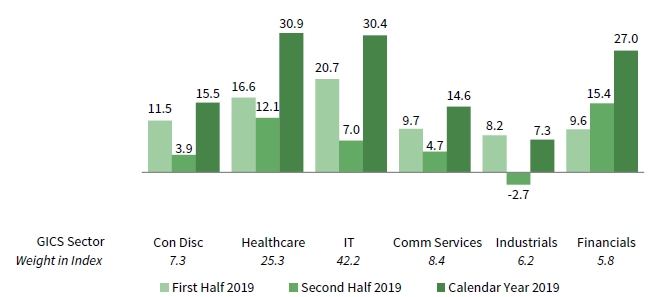


Private market funds require benchmarks that consider things like longer time horizons, extended lock-up periods and less liquid fund structures. Because of that, they face a distinct set of challenges, and it is therefore especially important to consider alternative metrics when evaluating their performance. Private market funds are based on different strategies and are structured for entirely different return profiles compared to public market funds. How is evaluating the performance of public and private market funds different? In the private markets, fund performance is usually benchmarked against a set of peer funds with similar attributes, such as fund size, vintage year and geography. Through leveraging robust benchmarks, LPs can avoid missing important investment opportunities or making poor allocation decisions, and GPs can streamline their fundraising efforts. Benchmarking provides a way for limited partners (LPs) and general partners (GPs) to gauge the performance of an individual fund in relation to its peers and evaluate broader performance across asset classes. Private market benchmarks are standards against which investors and other private market professionals can compare the returns of a fund to the returns of its peers. In this post, we dive into private market benchmarking, discussing some of the strategies for understanding the performance of private market funds along with common performance metrics like horizon IRR. While public investments use widely agreed upon benchmark criteria and indexes-like the S&P 500 and Dow Jones Industrial average-investors often face challenges in trying to understand and benchmark the performance of their private market assets. However, private market fund performance data is not widely available, nor subject to the same regulatory codes as public alternatives which provide for robust data reporting and transparency. Private market investments have the potential to outperform public investments and play a key role in most institutional investor’s allocation strategies.


 0 kommentar(er)
0 kommentar(er)
